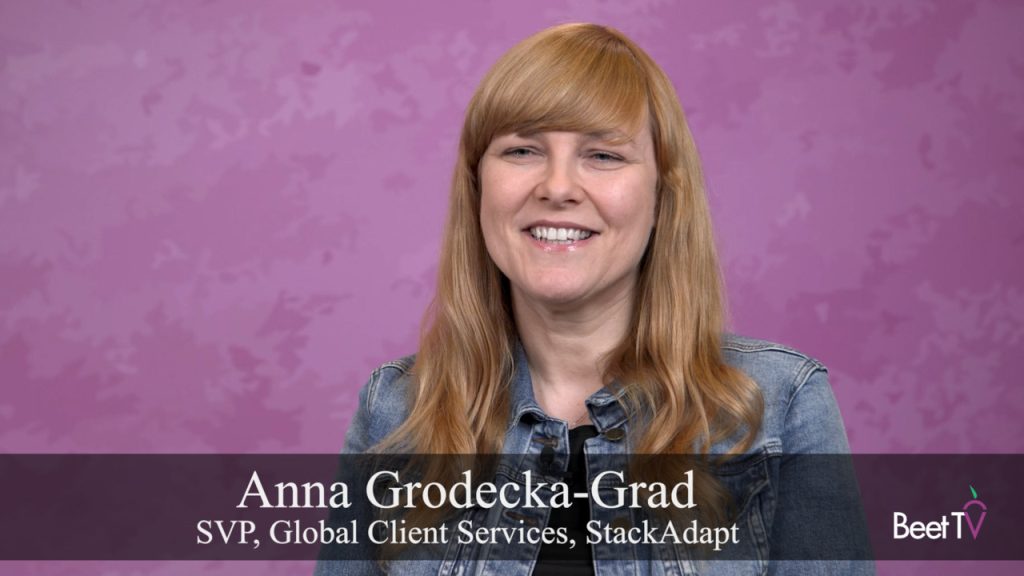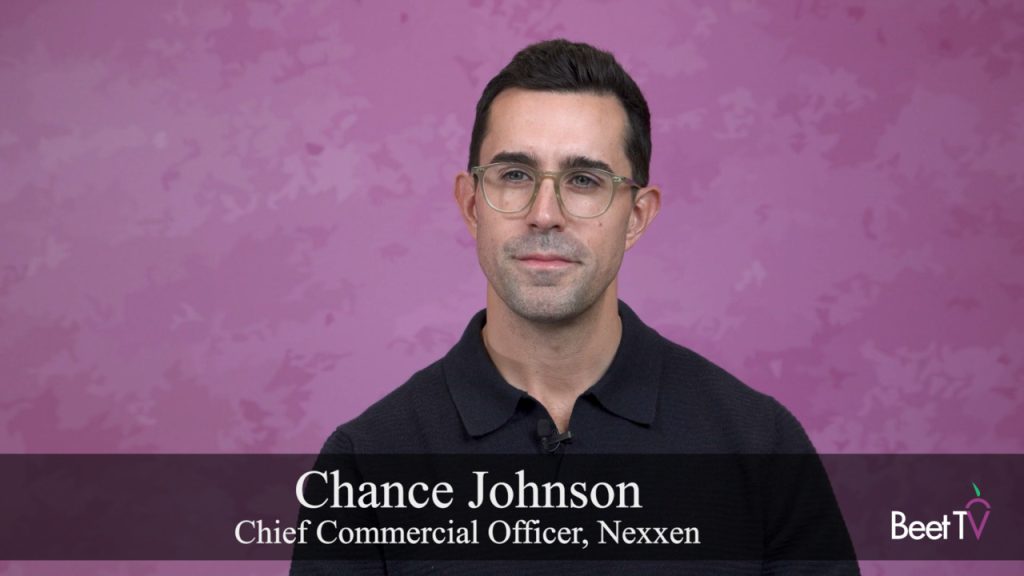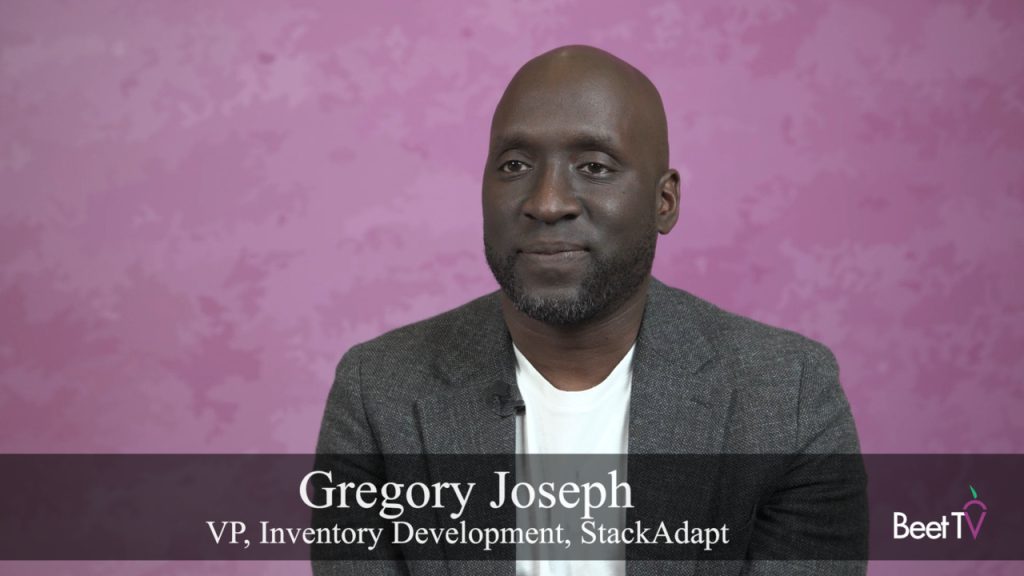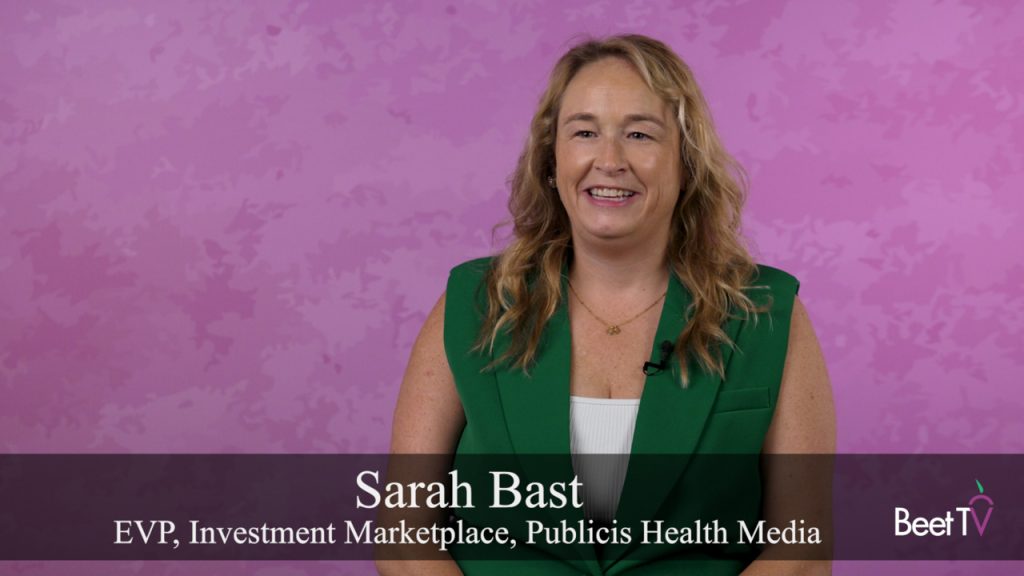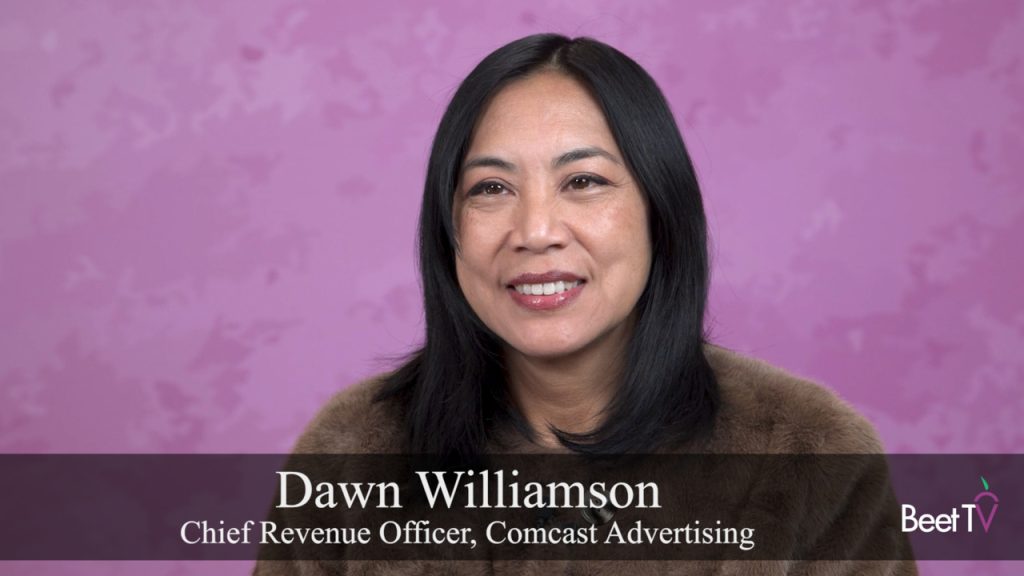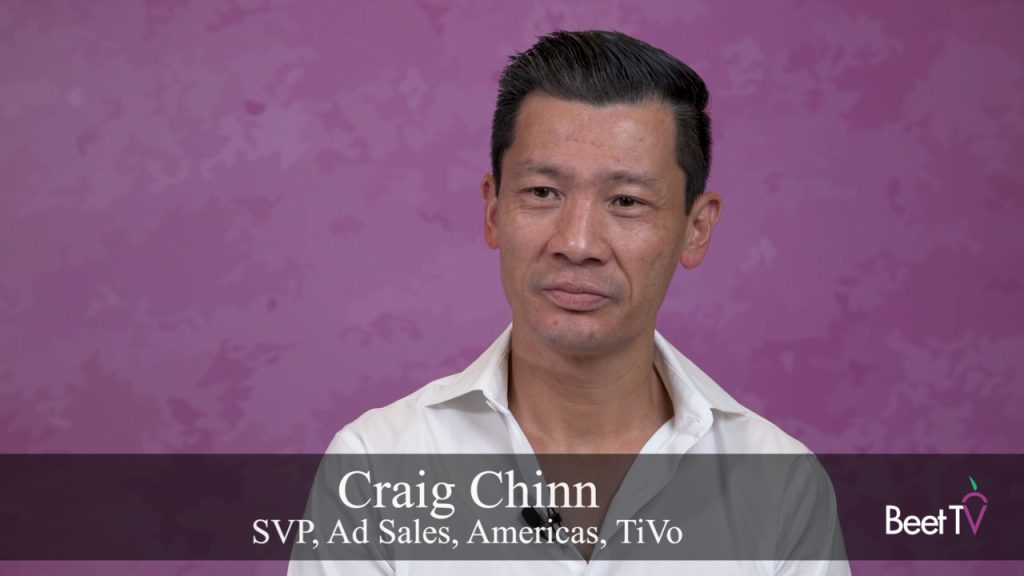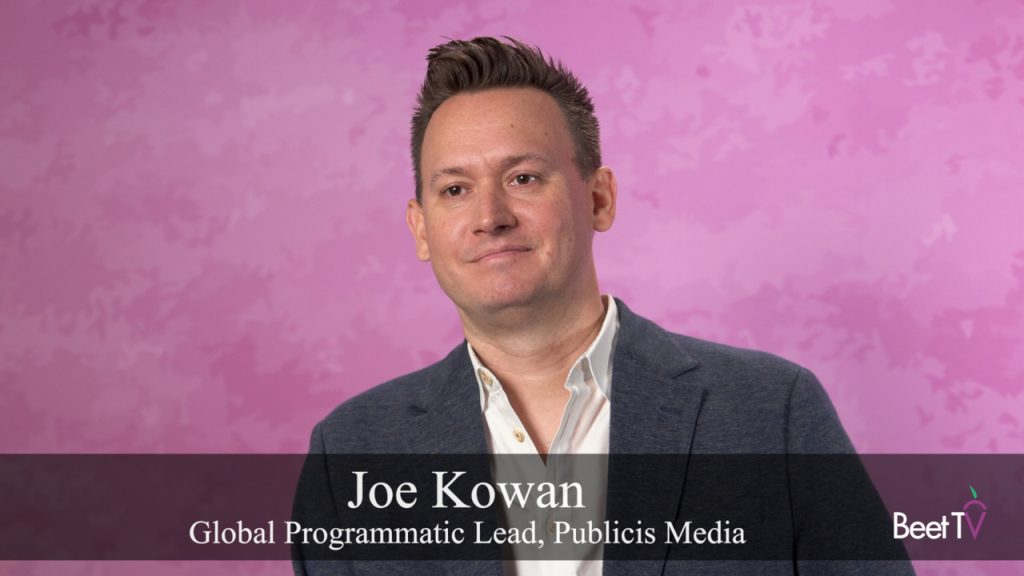
Brands like Home Depot and Red Bull are using TubeMogul to launch themselves into the same realm as media companies.
Mark Rotblat, VP of Sales & Marketing at TubeMogul spoke with Andy last week at the Advertising 2.0 conference in New York.
He notes that media companies such as Revision3 and Next New Networks widely use TubeMogul, but the distance between entertainment and product advertising is becoming smaller as brands begin to use the distribution service widely.
TubeMogul is an online video analytics company that allows users to upload videos to various sites from just one page.
Here at Beet.TV, we have used TubeMogul for the past year to syndicate our videos to YouTube, DailyMotion, Yahoo!, Revver, MySpace, Metacafe, Veoh, Viddler, and Sclipo.
TubeMogul launched its 2.0 version last month with a new interface and more analytics. Now companies will be better informed of drop off rates, the paths of their users, search terms used, etc. on the sites TubeMogul distributes to.
Allison Salewski
Editor's Note: Welcome to Allison who has joined the staff at Beet.TV. This is her first post. Andy Plesser
Video Transcription
Mark Rotblat: So the hyper syndication is really the concept that you want to get your content where people are going to consume video. You don't want to have to redirect them to your own site or just to your YouTube page and so people are using us to get their videos to their channels across the web on all the, the social video sites. What they're, and in…In practice it's something where people are learning, "I'm gonna distributed it to these sites and find out where my audiences are and then engage with those communities," and so people often start by maybe distributing to ten sites and then whittling that down to maybe 5, 6, 7 of the top sites that they want to distribute to.
Andy Plesser: Is there some, I don't want to say danger, is there a downside in distributing too broadly?
Mark Rotblat: Well it depends on what your goals are. There's the danger if you are worried about getting your content out there and controlling the environment or maybe if you're not a partner and your sole model is to monetize and get ad revenue on top of your content, then you need to be careful or you need to set up those relationships in advance. What we find is that more and more people use these channels as a promotional tool you know for their own brands, whether it's an organization or Beet.TV, you know, and they want to get, they want to get that content out and the information about Beet.TV to a wider audience. So it really depends on your goals. Next New Networks is one of those clients that has lots of different shows. Revision 3, I mean those guys have been at it for awhile and they know that they need to get it out there and they're doing very well by that. We also have a lot of branded content now going through us–Home Depot, Red Bull–and these are places where, like in the example of Red Bull, they're really a media company. You know, to an extent, they are putting on great events and then they're filming those and they're getting them out there, whether it's extreme sports, whether it's music, it's very interesting. Home Depot, you know, that's an example where they are doing a lot of instructional video content and its its very informative stuff. If you want to know how to install a toilet or you know put those cabinets in, they'll show you how and it's you know, the branding is just, you know, apron time. They've got the orange Home Depot apron, so there's a lot more of that that we're seeing, and that's where, again going back to the goals of your, your you know video strategy, for them, they want to get it as far and wide as possible and engage with those communities that are searching for instructional content so it makes a lot of sense to just go as far as possible.
The newest stuff is that we launched TubeMogul 2.0, which: new user interface, a lot more analytics, and what it really means is that you can see rich analytics from across most of the sites that we distribute to. So including DailyMotion, Metacafe, Howcast, Break and what rich analytics are–you're able to see second by second drop off rates, where things are embedded, how people arrived at the content, search terms used, referral links, and all of that type of data that the agencies as well as the advertisers are looking for more and more to see what the engagement is with particular pieces of content.







